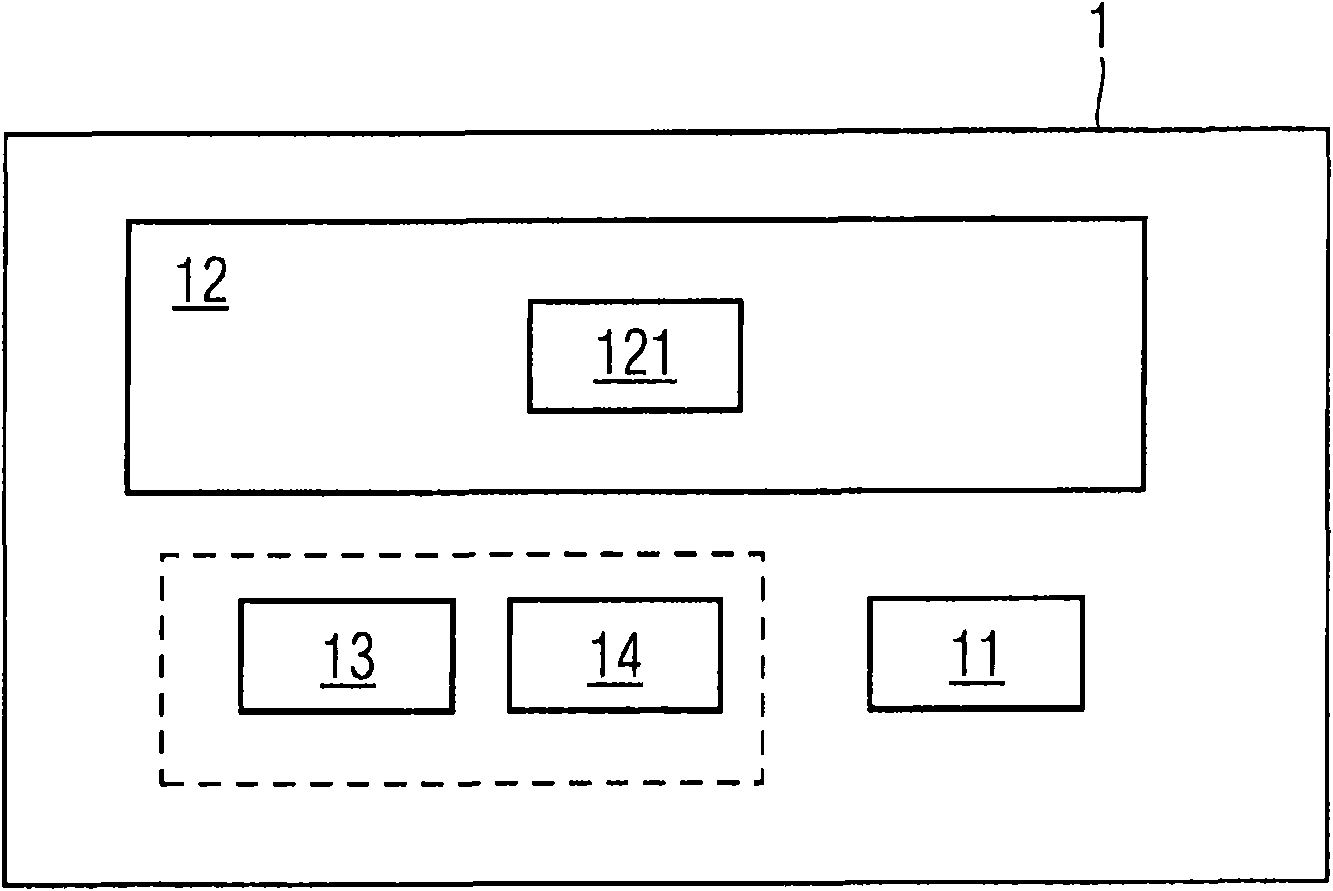Processing module, device, and method for processing of xml data
A technology for processing modules and data, which is applied in the direction of electrical digital data processing, special data processing applications, natural language data processing, etc. It can solve the problems of reducing the size of XML documents, not being suitable for providing and supporting, and increasing memory requirements, so as to achieve saving Effect of memory resources, good data communication, processing reduction
- Summary
- Abstract
- Description
- Claims
- Application Information
AI Technical Summary
Problems solved by technology
Method used
Image
Examples
Embodiment Construction
[0117] figure 1 A device 1 is shown comprising a processing module 12, said device 1 and said processing module 12 being configured according to an embodiment of the invention.
[0118] The processing module 12 is configured to process XML data based on a predefined XML paradigm. To this end, the processing module 12 uses a finite state automaton 121 comprising states and transitions, both based on said predefined XML paradigm. Furthermore, the transitions of the finite state automaton 121 are configured such that they represent two binary codes: a fixed-length code compared to all codes of transitions from a particular state, and a code compared to all codes of transitions from a particular state than a variable-length code. The code is used to encode the elements and attributes declared by the predefined XML paradigm.
[0119] The processing module 12 is capable of performing at least one of two functions: encoding textual XML data into binary XML format, and decoding dat...
PUM
 Login to View More
Login to View More Abstract
Description
Claims
Application Information
 Login to View More
Login to View More - R&D
- Intellectual Property
- Life Sciences
- Materials
- Tech Scout
- Unparalleled Data Quality
- Higher Quality Content
- 60% Fewer Hallucinations
Browse by: Latest US Patents, China's latest patents, Technical Efficacy Thesaurus, Application Domain, Technology Topic, Popular Technical Reports.
© 2025 PatSnap. All rights reserved.Legal|Privacy policy|Modern Slavery Act Transparency Statement|Sitemap|About US| Contact US: help@patsnap.com



